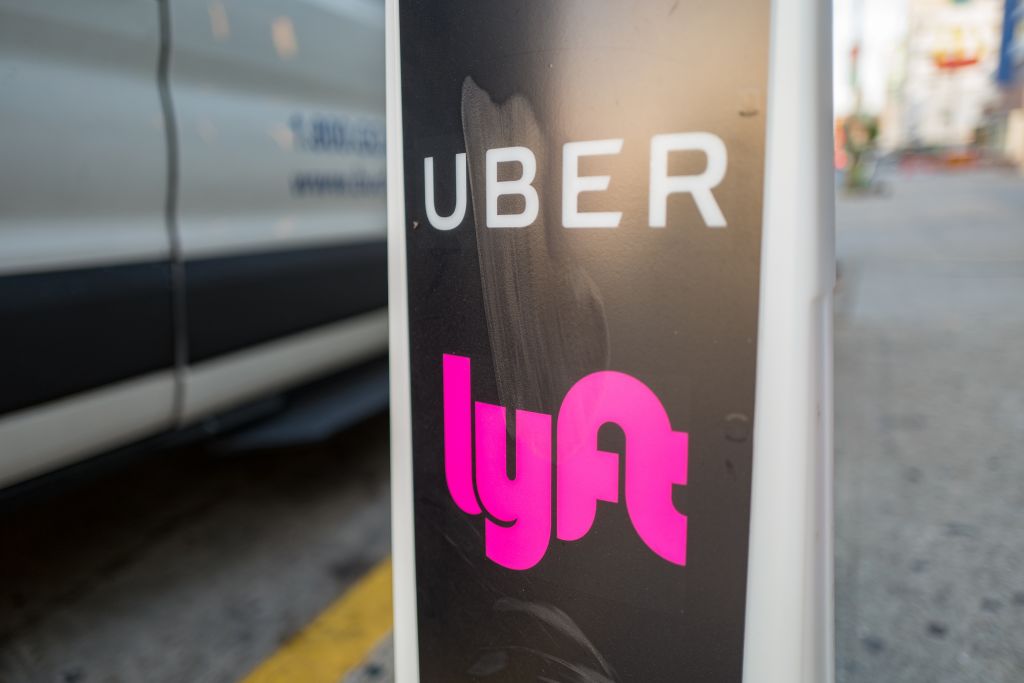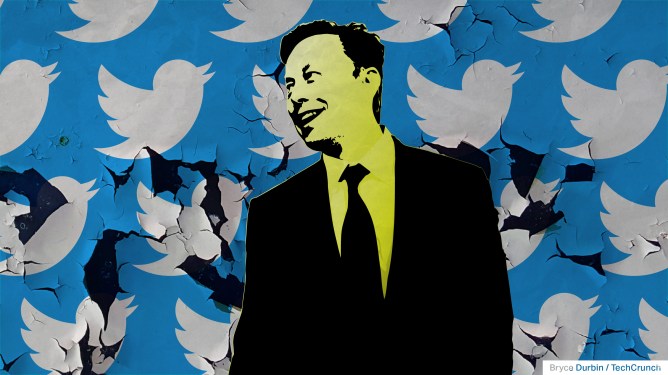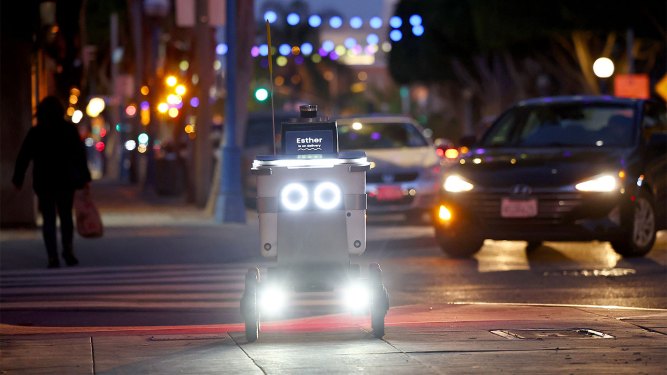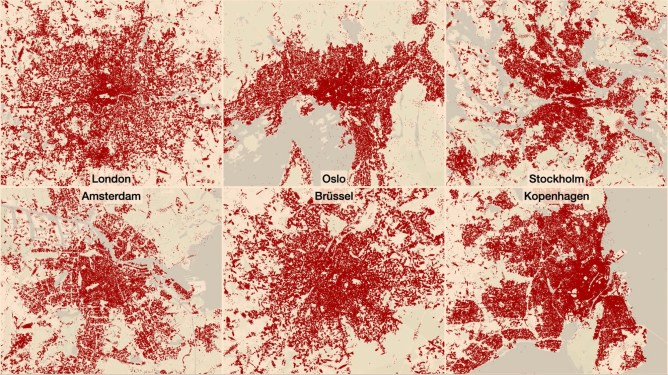Lyft’s shares lost nearly a third of their value yesterday after the ride-hailing company reported its Q1 2022 results, despite the company beating market expectations for revenue.
If you delve a little deeper, it seems the market was instead focused about something else entirely: Slightly soft guidance on revenue growth in Q2 2022 when compared to analyst expectations, as well as the cost of driver incentives — supply stimulants that impact the company’s economic profile.
During the Lyft earnings call, analysts focused on the cost of incentivizing drivers to participate in the company’s two-sided marketplace, and they were not assuaged by its CEO and CFO’s responses.
Uber’s shares also fell in the wake of its earnings report. To understand the driver-incentive issue, we’ll first explore Lyft’s situation, and then compare it to what Uber said. The two companies are related and share competitive territory, but market reaction to their current state was sharp and notable. Let’s talk about it.
Lyft’s warning
In its earnings call, Lyft CFO Elaine Paul said the company expects revenues between $950 million and $1 billion in the second quarter, in line with current street expectations of about $995 million. (It’s worth noting that before the company’s report was digested by analysts, that figure was $1.02 billion.)
But more worrisome were Paul’s comments on the company’s profitability. Per the above-linked transcript (emphasis ours):
In terms of profitability, we expect Q2 contribution margin will be approximately 56%, which reflects the impact of growth investments on our leverage. Post omicron, we feel the worst is behind us, and this coming quarter is an opportunity to invest in kick-starting the next year of growth. We will do so with a focus on drivers, the overall marketplace, and some additional brand marketing. As a result, we expect adjusted EBITDA of between $10 million to $20 million for Q2.
Lyft’s adjusted EBITDA came to $54.8 million in Q1, implying that the company is about to eat heavily into its limited adjusted profitability in the second quarter, partially thanks to investments in its driver supply.
In its earnings call, Lyft stressed that while demand for rides can change rapidly — COVID-19 made that plain during its various waves — shifting driver supply takes more time. CEO Logan Green said that “supply adjustments” to its marketplace “are like moving the Titanic.”
Unfortunate metaphor aside, it seems that Lyft is going to spend to boost driver supply in anticipation of future demand; the company expects to grow more quickly this year than the 36% it posted last year, a feat that will require more cars available for hailing.
One impact of raising incentives, apart from a decline in adjusted EBITDA profitability in the second quarter, is that Lyft expects its “contribution margin” to decline sequentially to 56%, which it said “reflects the impact of growth investments on our leverage.”
How much money are we talking about when we discuss the cost of driver incentives? Paul told analysts during the call that “incentives and incentives classified as [revenue] contra” came to $350 million in Q1, which was “up 3% quarter on quarter.” Given that Lyft expects revenues of around $1 billion in Q2 2022, you can see how much money Lyft spends to balance its two-sided marketplace. If that cost grows, the company’s overall profitability could take a hit.
When you consider how long it took Lyft and Uber to reach adjusted profitability, risking adjusted EBITDA positivity is no joke.
What about Uber?
Uber’s shares also suffered yesterday, falling less than 5%, which is nothing compared to the damage Lyft endured. The company reported revenue of $6.85 billion in first quarter, far ahead of expectations, but a larger than expected loss complicated the picture.
What we care more about today is how Uber answered questions regarding its own driver supply, and costs thereof. Is Uber suffering from similar cost pressures that could wind up harming its margins? It doesn’t appear to be the case, judging from comments stemming from its earnings call.
Uber CEO Dara Khosrowshahi said the following in his company’s analyst natter, per a Fool transcript:
You heard, I think last night, one of our competitors in the U.S. having challenges or at least looking to lean into driver supply.
Our active drivers in the U.S. and Canada are up 70% on a year-on-year basis in April. New drivers were up 121% year on year in April, and it’s because we’re bringing new drivers on not as Uber Rides, not as Uber Eats, but as Uber as a platform and to earn in any way, shape or form that they can on the platform, and that’s proving to be a structural advantage from what we can see versus the competition, both locally and then we think ultimately, globally.
How did Uber manage to not wind up in a similar jam as Lyft? Two things, it appears. First, Uber stressed during its analyst call that it leaned into driver supply early.
“If you remember, Q2 of last year, we were very early. We saw signal and we leaned in very aggressively initially with incentives into improving our driver supply,” Khosrowshahi said.
And Uber made the point of noting that its drivers are also its couriers, meaning that its ride-hailing drivers are also active inside its delivery service. Could the fact that Uber has evolved into far more than a ride-sharing company give it an edge when it comes to total gig worker supply?
If that’s the case, it could indicate that Uber will have a material supply advantage over Lyft in the domestic market that could stick. If so, Lyft might have to endure higher supply costs, making its overall economic profile less attractive. And, well, that would explain the simply massive differential between market response to the two companies’ earnings reports.
Lyft is not the only company dealing with a labor supply issue. But if it is any indication that more specialized gig economy companies will struggle to attract labor inputs, we could see a reckoning in the on-demand space.
There are yet-private unicorns that depend on gig labor out there. We’ll see in time if Lyft is more outlier than bellwether.





